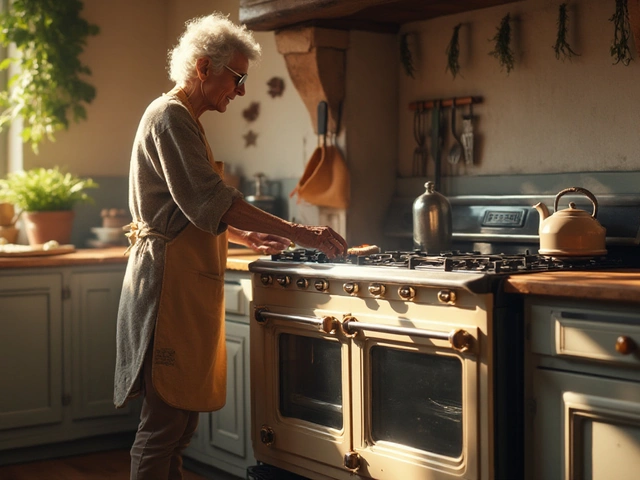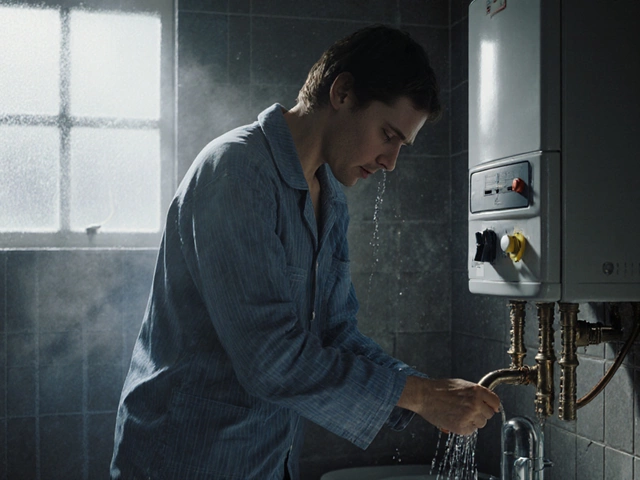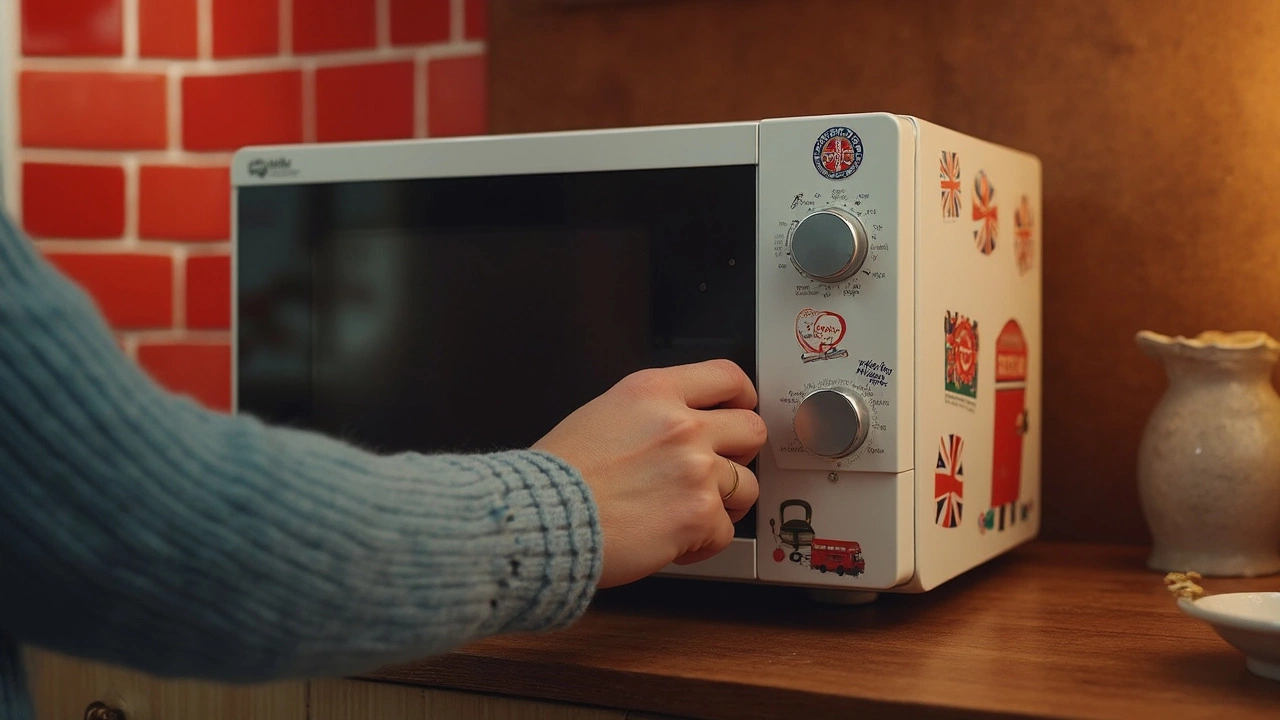Common Microwave Issues: What Goes Wrong and How to Fix It
If your microwave has started acting up, you’re probably wondering what’s wrong and if you can sort it yourself. The good news is most problems are caused by a few easy‑to‑spot issues. Below we break down the most common faults, why they happen, and what you can do before calling a pro.
Why Your Microwave Stops Heating
The most frustrating symptom is a microwave that won’t heat. In most cases the culprit is the magnetron, the part that creates the microwaves. If the magnetron is burnt out, the appliance will run but never get hot. Another frequent cause is a blown fuse or a tripped circuit breaker – check your home fuse box first. A loose door latch can also stop the heating cycle because the microwave won’t start unless the door is sealed properly.
Fixes are straightforward: unplug the unit, locate the fuse (usually behind the cover), and replace it with the same amperage rating. If the fuse is fine, inspect the door latch for broken clips or dirt and clean or reseat it. Replacing a magnetron is more involved and often best left to a qualified technician, but knowing it’s the problem can save you time and cheap parts.
Other Frequent Microwave Problems
Besides heating issues, many owners deal with sparking, strange noises, or a faulty turntable. Sparks usually mean food residue is on the waveguide cover inside the cavity – just wipe it clean with a damp cloth. If the sparking continues, the waveguide cover itself could be cracked and needs replacing.
Rattling or humming noises often point to a worn motor or a loose fan blade. Turn the microwave off, remove the turntable, and look for wobbling. Tightening the fan screws or cleaning debris can quiet the noise. If the motor hums but the turntable won’t spin, the motor may be dead and should be swapped out.
Finally, a microwave that stops mid‑cycle often has a door switch that’s failing. The switch tells the appliance when it’s safe to run; a bad switch will cut power as soon as the door is detected as open. Testing with a multimeter is easy – if you’re not comfortable, a quick call to a repair service will get it sorted.
Before you start any repair, always unplug the microwave and give it a few minutes to discharge the high‑voltage capacitor. Even a short touch can give a nasty shock.
In most cases, a quick visual check, cleaning, and a fuse swap will bring your microwave back to life. If you’ve tried these steps and it’s still acting up, it’s time to call a local Rugby Appliance Repair service. Their technicians know the quirks of UK models and can get your microwave cooking again without breaking the bank.
Remember, regular maintenance – keeping the interior clean, checking the door seal, and avoiding metal cookware – can prevent many of these issues from cropping up in the first place. A little care now means fewer surprises later.






